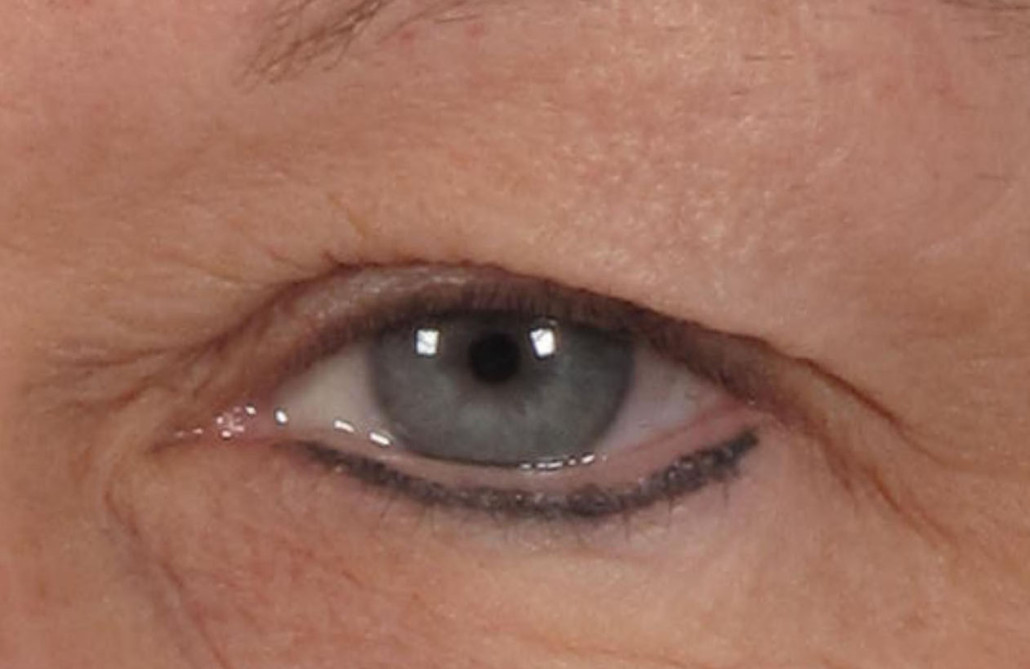The problem
The upper eyelid skin appears lax, stretched, and redundant.
The causes of upper dermatochalasis
Most commonly seen with aging, but it is sometimes seen in young people. The thin eyelid skin (it is the thinnest skin in the body) is prone to stretching. Less commonly, loose upper eyelid skin can also be associated with connective tissue disorders.
Often seen with
sagging lower eyelid skin, bulging medial fat pad, sagging eyebrow, loss of facial fat, sun damage, crow’s feet and brow furrows.
Not to be confused with
blepharochalasis (a rare disorder with recurrent bouts of swelling) and eyelid ptosis (the eyelid margin is in a low position)
What you see in the mirror
The upper eyelid skin sags more than it has in the past. The “platform” of the upper eyelid may be less visible. The extra skin may hang over the eyelashes and in severe cases may interfere with peripheral vision. There may be less fat beneath the eyebrow resulting in a deflated appearance of the eyebrow and eyelid skin. You may feel that you look tired or that your eyelids are heavy.

